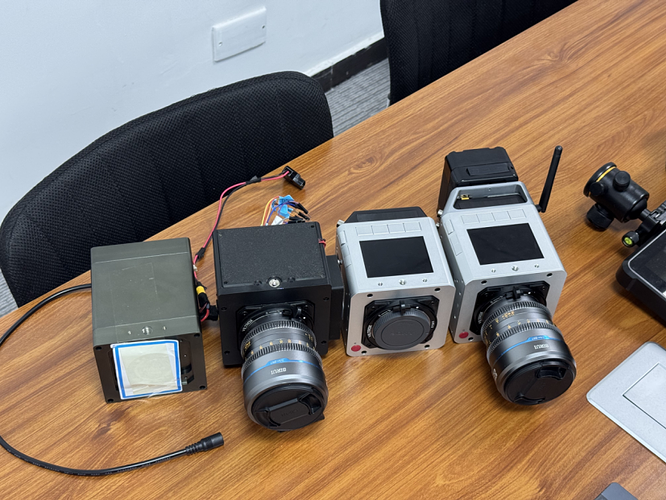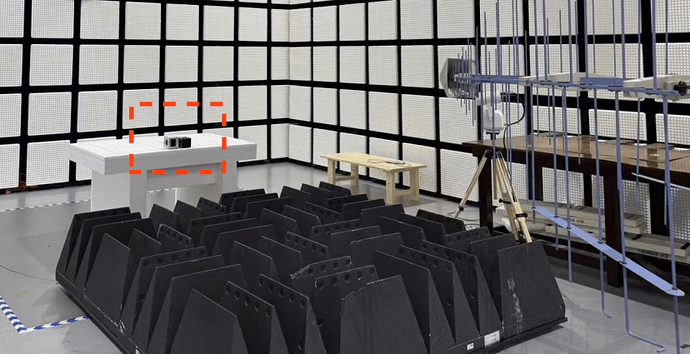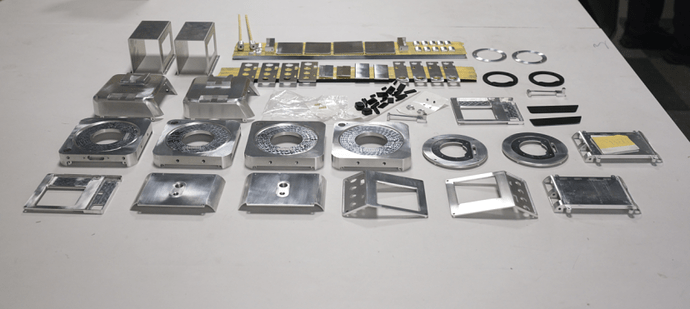Hi Pixboomers,
We’ve been quiet – and you’ve noticed. While conversations about Pixboom have been spreading across communities, we’re taking an unprecedented step (maybe a little wild) today: pulling back the curtain on everything happening behind the scenes.
I’m Young, the founder of Pixboom and the creator behind Spark, our first high-speed camera. And today, it’s time to share our journey, and what we’ve been up to with complete transparency – every step, every challenge, every breakthrough.
Spark started in August 2023 with a single, clear mission: to build a high-speed camera that didn’t just capture images, but fundamentally improved the creator’s workflow. A simple goal on paper, but a monumental technical challenge.
Every piece had to be re-evaluated. It has been a long road of intense work and refinement.
But that core idea, our initial dream, is now a reality called Spark. And we can’t wait to get it in your hands.
Even though Spark’s features are still being refined, its image quality has already amazed the creators who tested it early on. Their feedback has been incredibly encouraging, and it’s driving us to push even harder to make Spark the best it can be.
Right now, we’re transitioning from R&D to pre-production testing. This stage is all about ensuring Spark performs reliably in all kinds of challenging environments. Meanwhile, we’re also working hard on features like SDI/HDMI compatibility, a dedicated app, and GUI development to give you a complete and seamless experience.
Spark prototypes: Gen 1-3 (left to right). Stay tuned for the final version!
Let’s break it down into specifics:
Hardware Updates:
-
EMC Testing: We conducted EMC tests on the third-generation prototype. Most tests have passed, with just one pending issue. This has already been optimized in the final prototype, so we’re confident the final EMC tests will be successful. Fun fact: some of our results exceeded EMC standards, proving Spark’s exceptional adaptability to different environments.
-
Electronic Mounts: We’ve successfully driven electronic lens mounts, meaning motorized lenses like PL and E mounts can now be used seamlessly.
EMC testing
Some of the components for assembly.
Software Updates:
-
Dynamic Range Testing: We’ve rigorously tested Spark’s dynamic range, and the results are impressive—especially for a high-frame-rate camera. These details will soon be published in the spec sheet.
-
Remote Firmware Upgrades: We’ve designed a system for remote firmware updates, eliminating the need for upgrade cables. If you’ve tested Spark before, you know how much easier this makes things!
-
De-Squeeze Functionality: We’ve added and fully tested a de-squeeze feature, which works powerfully in both horizontal and vertical dimensions.
Now, I want to talk about what’s coming next. Over the next two weeks, I’ll be focusing on finalizing Spark’s accessory lineup and identifying the right partners to collaborate with. As a professional-grade tool, Spark needs the right accessories to adapt to various scenarios. Here’s a list of accessories I’ve been considering, and I’d love to hear your thoughts:
-
Full Camera Cage
-
Foldable Top Handle
-
Right Side Handle (with controls for recording, stopping, and adjusting camera settings)
-
LWS Baseplate and Aluminum Rod
-
Battery Plate Adapter (to convert V-mount to Anton Bauer or B-mount)
Do you think these accessories cover all the bases? Are there any other accessories you’d like to see? Also, let me know your favorite accessory brands—whether it’s Tilta, SmallRig, or others. Your input will help shape Spark into a tool that truly meets your needs.
Finally, I’ll be sharing updates on Spark’s progress every two weeks. Feel free to leave your comments, questions, or suggestions. If there’s a specific story about Spark you’d like me to dive into, let me know—I’m here to answer your questions and make this journey as exciting for you as it is for me.
Looking forward to hearing from you!
Cheers
Young


